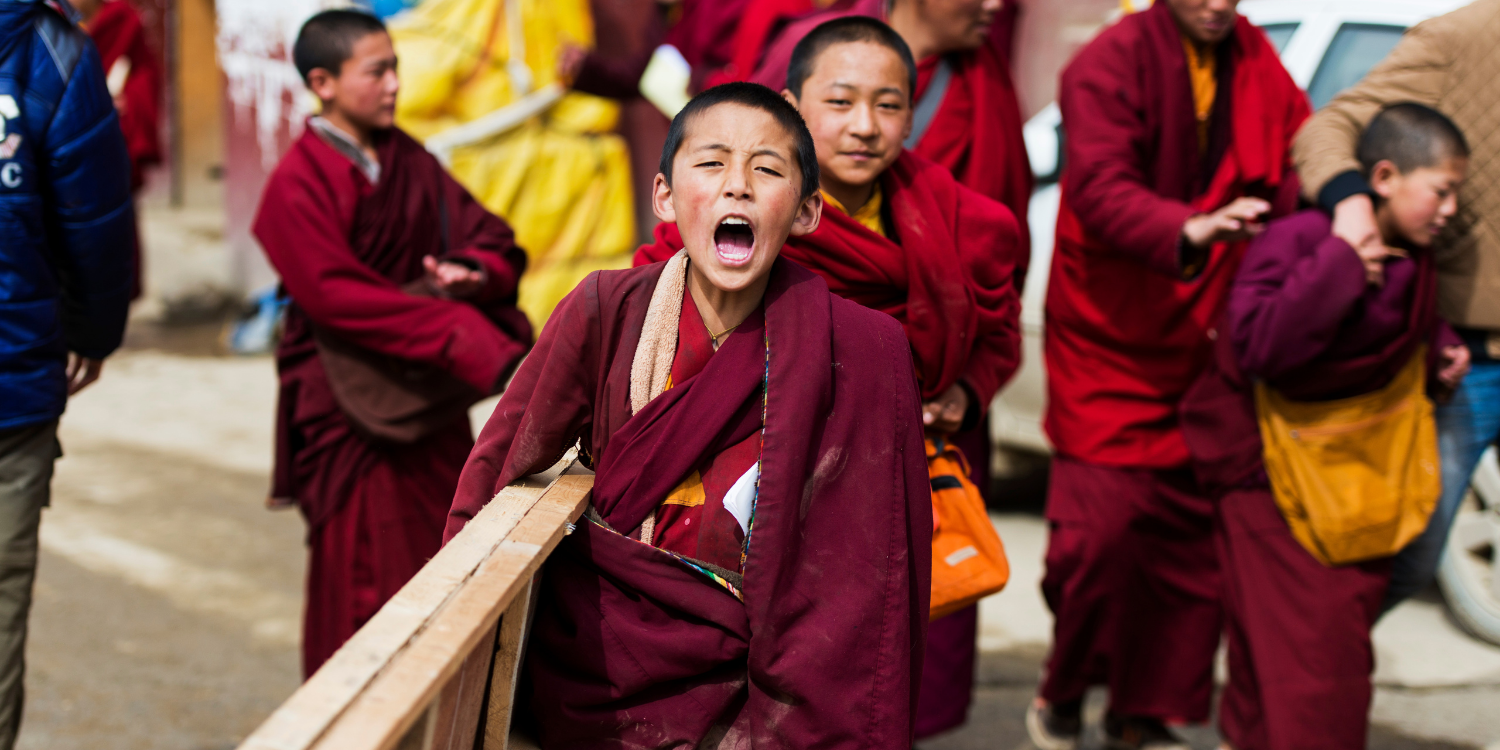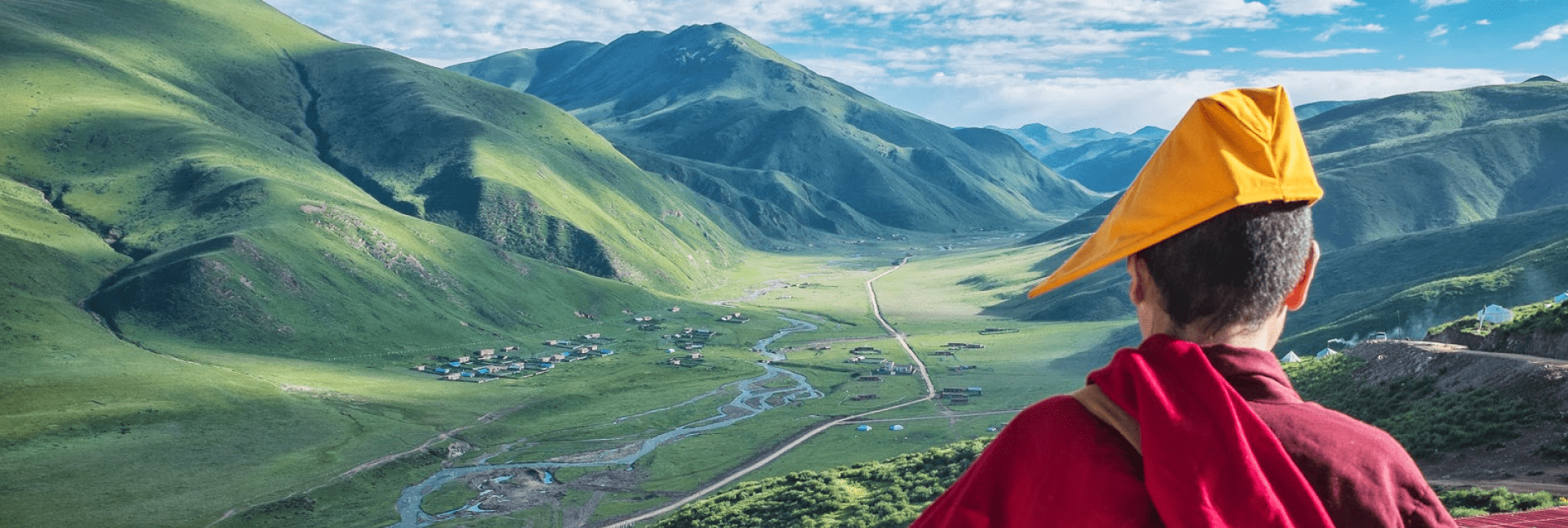China is very aware of the strength of the movement for Tibet’s freedom. Inside Tibet, it uses repression and violence to try to silence that movement. Outside of China, it uses propaganda.
These are the six key arguments that China relies on to justify its continued occupation of Tibet.
Read on to discover what China says versus the truth about the country Tibetans are fighting to reclaim
1. China says: Tibet is part of China
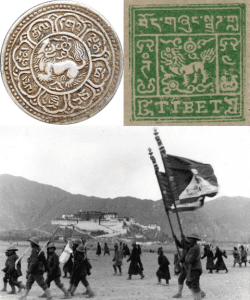
Tibetan currency, stamp and military parade displaying Tibetan flag
China’s lie:
Tibet was inseparably absorbed into China about 800 years ago during the Yuan Dynasty. It has not been a country since and no country has ever recognised Tibet as an independent state.
Tibet’s reality:
Tibet was not ruled by the Chinese government prior to the 1950 invasion. In 1912, the 13th Dalai Lama – Tibet’s political and spiritual leader – issued a proclamation reaffirming Tibet’s independence and the country maintained its own national flag, currency, stamps, passports and army. It signed international treaties and maintained diplomatic relations with neighbouring countries.
From a legal point of view, Tibet remains an independent state under illegal occupation, a fact that China wishes it could whitewash from history. While it has never been a nation-state in the modern sense of the word, Tibet has maintained a unique culture, written and spoken language, religion and political system for centuries
At times in its long past, Tibet has influenced and been influenced by various foreign powers, including Britain and the Mongols, as well as China.
However you look at it, the Chinese government’s claim that Tibet has been part of China for around 800 years isn’t supported by the facts.
Read more on our page Is Tibet a country?
2. China says: Old Tibet was backwards and needed China to liberate it
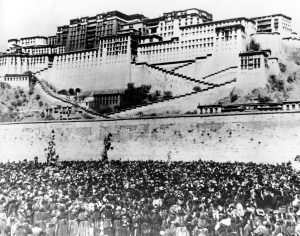
Women’s uprising day in Lhasa, 1959
China’s lie:
From 1950 to 1959 China peacefully liberated and democratically reformed Tibet, ending the old feudal serfdom where brutality was rife; a hell on earth with the backwards masses enslaved by landlords and priests. This culminated in Serf Emancipation Day in March 1959 when the Tibetan government was declared illegal.
Tibet’s reality:
In 1950, the newly established Communist regime in China invaded Tibet, to claim its plentiful natural resources and gain control of a strategically important border with India.
With 40,000 Chinese troops holding its country hostage, the Tibetan government was forced to sign the “Seventeen Point Agreement” which recognised China’s rule in return for promises to protect Tibet’s political system and Tibetan Buddhism.
Tibetans never accepted the occupation of their country and continued to resist China’s armed forces. The Chinese army responded brutally, killing thousands.
On 10th March 1959, 300,000 Tibetans surrounded the Potala Palace, the Dalai Lama’s Winter home to offer their spiritual leader protection. This date is commemorated as National Uprising Day by Tibetans and their supporters. Despite the bravery of his compatriots, the teenage Dalai Lama was forced to flee the country.
In exile, he has won the Nobel Peace Prize and has entirely democratised the exiled Tibetan government. In contrast, the Chinese government continues to rule through fear and not consent.
Tibet under Chinese rule experiences brutality on a scale that would have been unimaginable before the invasion – from the destruction of thousands of monasteries and the deaths of more than one million Tibetans in Mao’s era to torture, arbitrary arrests and the denial of fundamental freedoms today.
Read an overview on our Tibet’s history timelines page.
3. China says: Tibet already has autonomy

Traditional Tibet map
China’s lies:
Tibet already has autonomy as the Tibet Autonomous Region of the PRC. Tibetans are free to follow their traditions and Tibetan Buddhism is protected.
The facts:
This map shows historic Tibet – the Tibet Autonomous Region (TAR) is only part of this and millions of Tibetans live outside it.
The Tibet Autonomous Region is no more autonomous than China is a ‘people’s republic’ under Xi Jinping’s heinous dictatorship. The most senior political position in the region, the Communist Party Secretary, has never been held by a Tibetan and is controlled by the CCP leadership.
The official language is Chinese, with many Tibetan children losing their ability to speak and write Tibetan. Resistance to China’s rule – from singing to environmental protests – is met with repression and brutality.
Monasteries are subject to monitoring and control by the Chinese Communist Party and monks and nuns are feared and often persecuted by the Chinese regime. Any Tibetan possessing an image of the Dalai Lama risks imprisonment.
4. China says: Tibetans are prosperous and happy under China’s rule
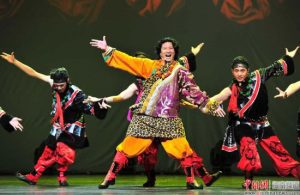
Image of ‘happy Tibetans’ in Chinese state news
China’s lies:
Since China peacefully liberated Tibet it has seen glorious development: there’s almost zero poverty, disease or hunger; life expectancy has doubled; literacy has risen from 5% to 85% and former slaves have been given land. There has also been huge investment in infrastructure, jobs, housing, schools and hospitals.
Tibet’s reality:
China’s propaganda images, like this one, are designed to show how happy Tibetans are. This couldn’t be further from the truth, with Tibetans left as second class citizens in their own country. For example:
- Infrastructure projects enable the movement of China’s military, mass immigration of Chinese workers, Chinese tourism and access to Tibet’s rich resources. They enforce China’s control.
- Economic growth benefits Chinese businesses and workers, and the booming tourism industry aims to legitimise the Chinese government’s occupation.
- Millions of Tibetan nomads have been forced from their lands, ending their centuries-old way of life and leaving them dependent on the state as second class citizens in their own country.
- Education is primarily taught in Chinese, disadvantaging Tibetans who can only learn their mother tongue as a second language.
- The United Nations has repeatedly challenged China on human rights abuses in Tibet, including finding Tibet the worst area for child malnutrition in China.
- Since March 2011, more than 150 people have set themselves on fire inside Tibet in protest against China’s repression.
- From shouting “Tibet needs freedom” in the street to attending a mass protest, Tibetans resist China’s policies daily. Despite 70 years of occupation, this resistance to China remains undiminished and widespread.
Tibetans have benefited far less than Chinese immigrants from China’s meteoric economic growth. Tibetans fight on a daily basis to show that no amount of economic growth would be an adequate trade for control of their country’s destiny and freedom to practice their religion and culture.
5. China says: The Dalai Lama wants power, not peace
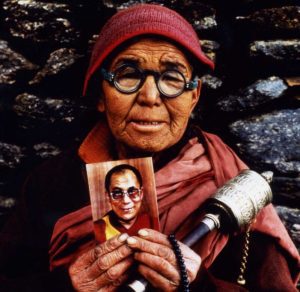
Tibetan woman holding Dalai Lama image
China’s lies:
The Dalai Lama is the latest in a line of “God King Dictators” – he is a politician in monk’s clothing whose agenda is to secure an independent Tibet which he can rule again. Global Tibet supporters naively buy into lies created by the “Dalai Lama clique”.
Tibet’s truth:
The Dalai Lama is one of the most respected spiritual leaders in the world, a man respected for his gentle compassion and selflessness.
In exile, he has devolved his political power to a democratic institution and is a consistent advocate of friendship with the Chinese people and dialogue with the Chinese government. He personally does not seek an independent Tibet but a “Middle Way” approach which seeks greater freedom for Tibetans without independence.
Much of the global support Tibet has today is thanks to the Dalai Lama’s popularity and the Tibetan people inside Tibet remain dedicated to him.
Desperate to maintain its grip on Tibet, the Chinese government is intent on undermining the Dalai Lama’s credibility including saying that they will name his successor when he eventually dies.
6. China says: Free Tibet supporters are anti-China
 China’s lies:
China’s lies:
Human rights are China’s internal affair and the Free Tibet movement is full of anti-China Westerners who have never been to Tibet and have no right to speak against China’s policies.
Tibet’s truth:
Free Tibet supporters have no argument with the Chinese people. They support Free Tibet because they support Tibetans’ bravery in their unwavering struggle for freedom.
Chinese people are also victims of the Chinese Communist Party’s rule and many face severe punishments in resisting its policies. When they learn the truth beyond their government’s propaganda, many Chinese people also support Tibet.
At Free Tibet, we stand with Tibetans. We share their outrage and their determination. Unlike them, we have the freedom to share the stories of Tibetans who resist China’s rule and of China’s human rights abuses. We receive no support from any government or political organisation.
The Free Tibet movement works to keep the eyes of the world on the atrocities being committed in Tibet. We confront, campaign and convince people, organisations and governments to see through China’s grotesque lies and support the Tibetan people.
China is desperate to smother the truth
The truth is not on China’s side, so it must continue to lie.
The Chinese government continues to spread its lies on Tibet through official statements and propaganda, paid online commentators and even fake social media accounts.
But Tibetans won’t give up until they have freedom. And we will stand alongside them every step of the way.
Together, we can build a global movement to share the truth about Tibet.
Join us
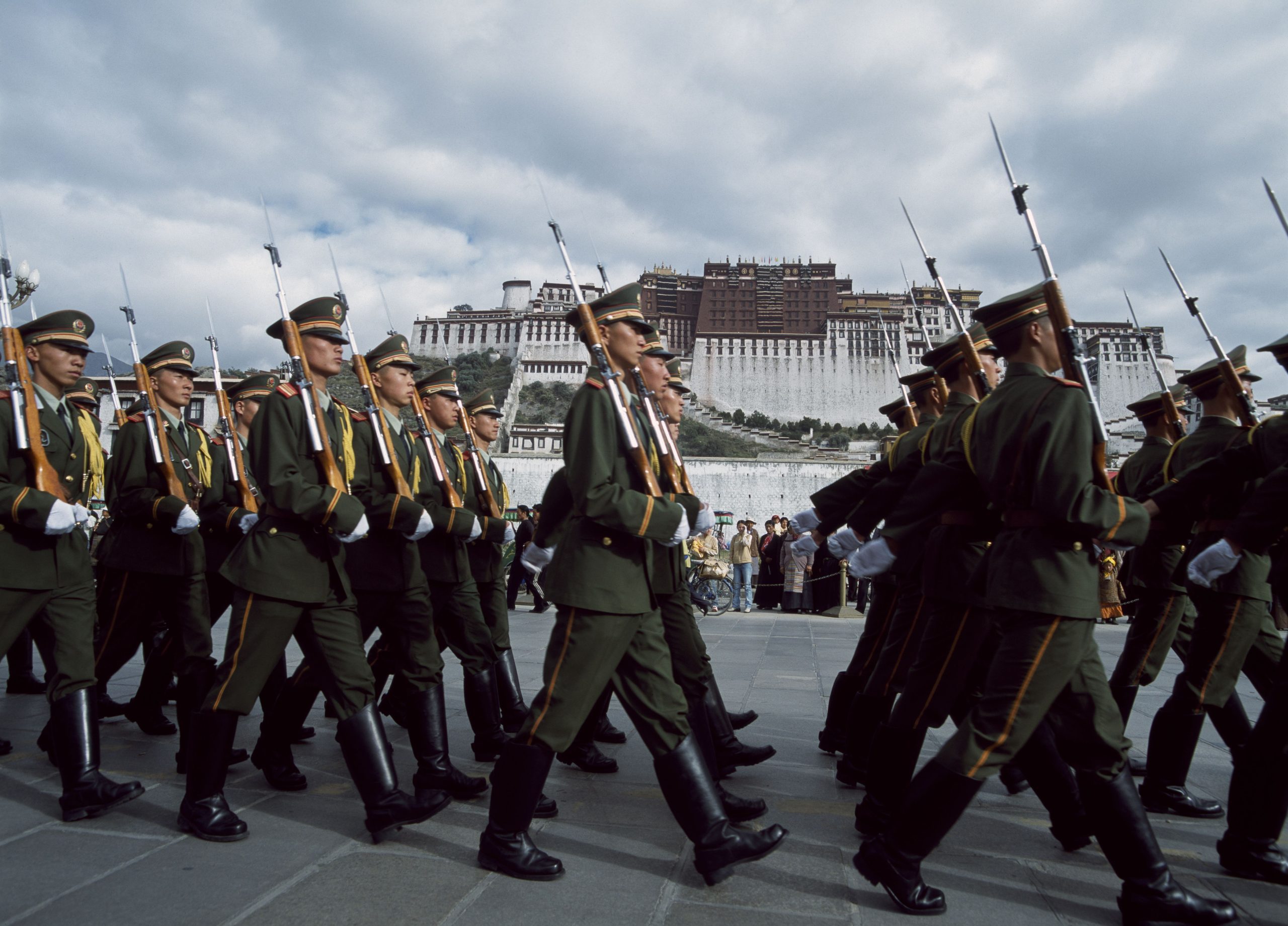

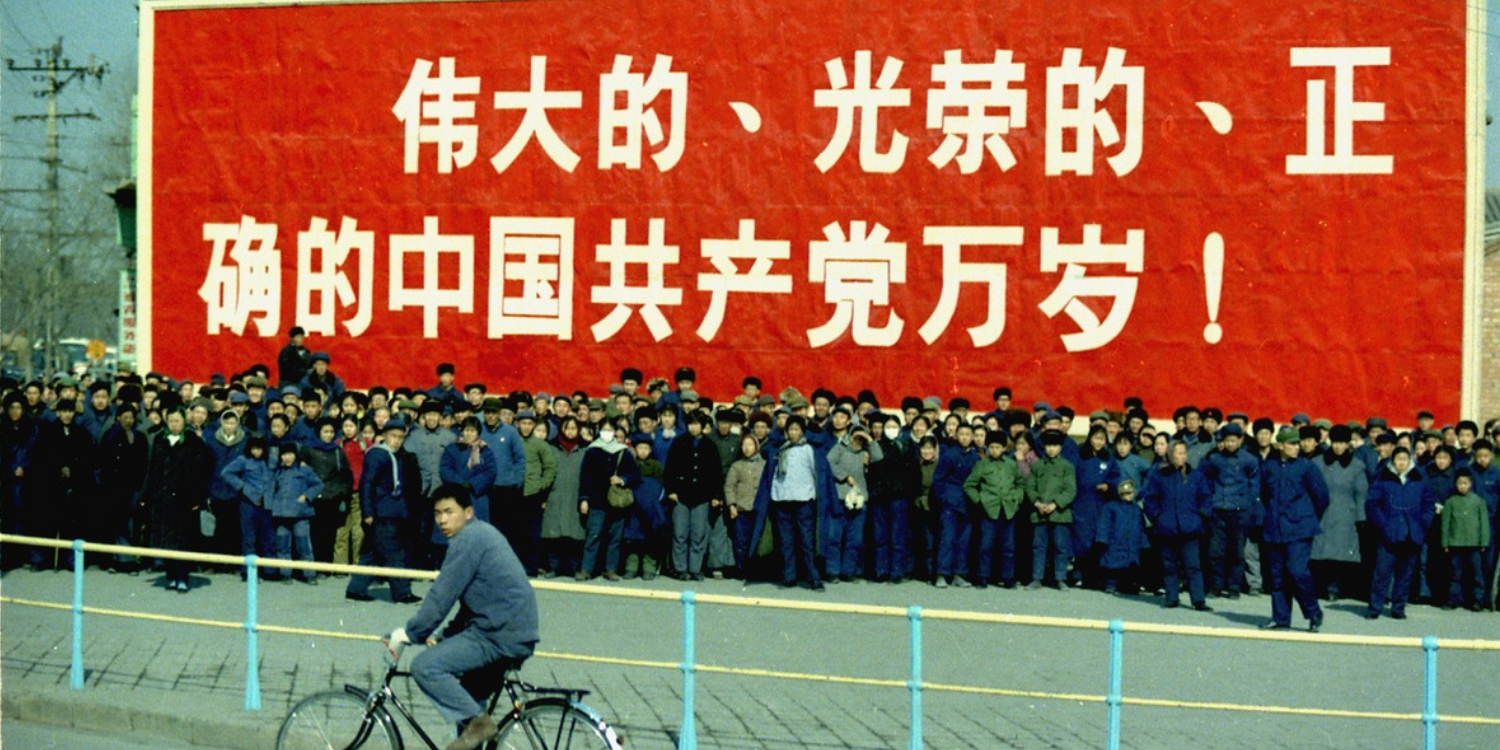





 China’s lies:
China’s lies:
